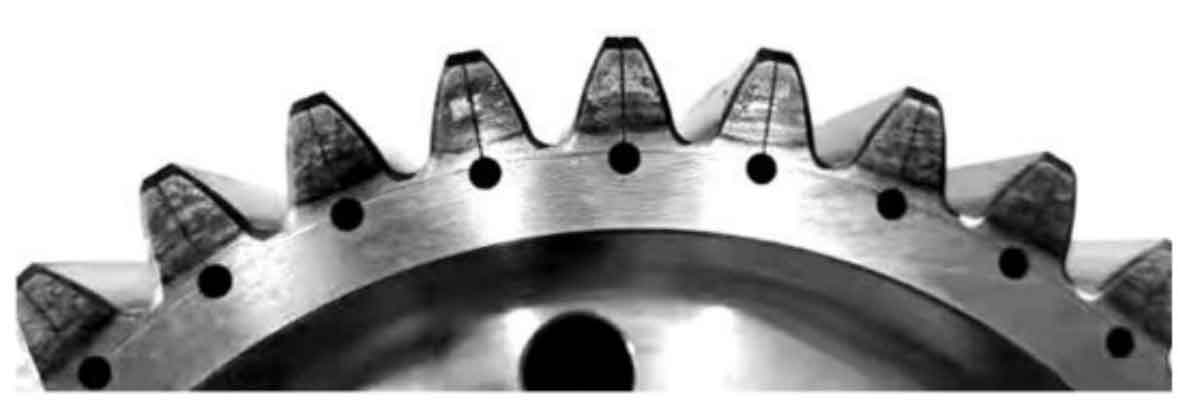Optimizing spur gear designs is an essential aspect of gear engineering to ensure efficient and reliable mechanical systems. A gear calculator can be a valuable tool for this purpose, assisting in the design process by providing important parameters and facilitating optimization. Here’s a step-by-step guide on how to use a gear calculator to optimize spur gear designs:

Determine design requirements:
Begin by defining the specific requirements for your gear design. Consider factors such as the desired gear ratio, input and output speeds, power transmission capacity, operating conditions (e.g., temperature, lubrication), and any other relevant constraints.
Choose a gear calculator:
Select a reliable gear calculator software or online tool that suits your needs. Several gear calculators are available, both free and paid versions, offering a range of features and capabilities. Some popular options include MITCalc, KISSsoft, and AGMA Gear Calculation.
Input basic parameters:
Enter the basic parameters of your gear system into the calculator. These typically include the number of teeth on the driving and driven gears, the module or diametral pitch, the pressure angle, and the face width. The calculator may have different input formats, so ensure you provide the required information correctly.
Calculate gear geometry:
Once the basic parameters are entered, the gear calculator will determine the key geometric dimensions of the gears. This includes the pitch diameter, addendum, dedendum, whole depth, and clearance. These values are crucial for gear optimization, as they affect tooth strength, meshing performance, and overall gear system performance.
Analyze gear meshing:
A gear calculator will often provide options to analyze the meshing characteristics of the gears. It can calculate important parameters such as contact ratio, profile shift, backlash, and tooth thickness variations. These analyses help ensure smooth and efficient gear engagement, minimizing noise, vibration, and wear.
Optimize gear parameters:
With the calculated gear geometry and meshing analysis, you can now proceed to optimize your gear design. Depending on the gear calculator, you may be able to adjust various parameters such as the pressure angle, module, or tooth profile modifications. The optimization process aims to improve factors like load distribution, gear strength, efficiency, and noise characteristics based on your specific design requirements.
Evaluate gear performance:
Once you’ve optimized the gear parameters, the gear calculator can provide performance indicators such as load capacity, bending and contact stress, efficiency, and backlash. These values allow you to assess whether the gear design meets your desired specifications and identify potential areas for further refinement.
Iterative refinement:
If the initial design doesn’t meet your requirements, you can repeat steps 4 to 7, adjusting different parameters until you achieve the desired performance characteristics. The gear calculator facilitates this iterative process by providing immediate feedback on design changes and their impact on gear performance.
Documentation and analysis:
Finally, document your optimized gear design parameters, performance results, and any additional notes or observations. This documentation is valuable for future reference, analysis, and communication with colleagues or manufacturers involved in the gear manufacturing process.
Remember that gear calculators are powerful tools, but they are based on mathematical models and assumptions. It’s crucial to validate and verify the optimized design through further analysis, such as finite element analysis (FEA) or physical testing, especially for critical or high-performance gear applications.
By leveraging a gear calculator, you can expedite the design process, optimize gear performance, and ensure reliable operation of your spur gear systems.
